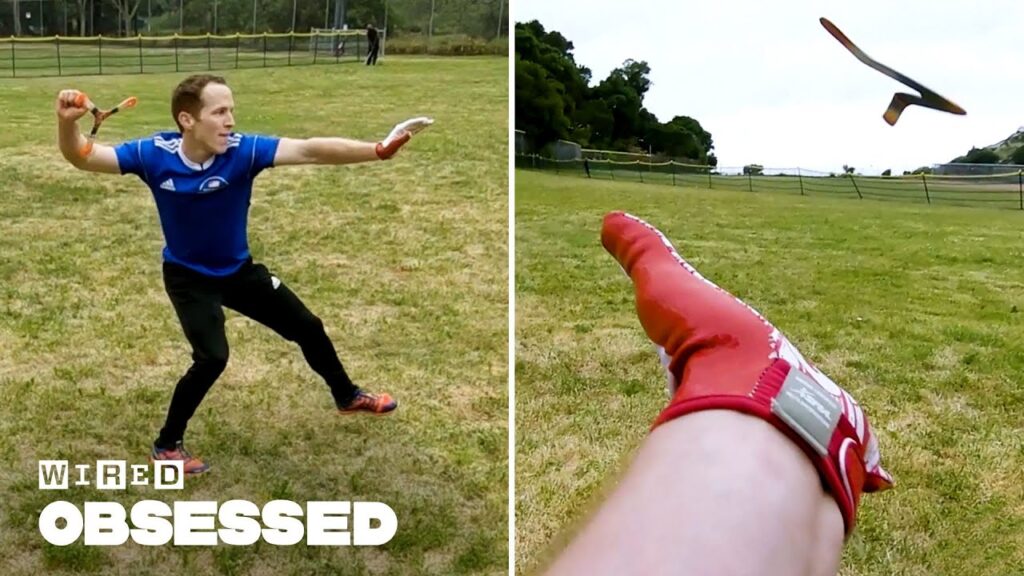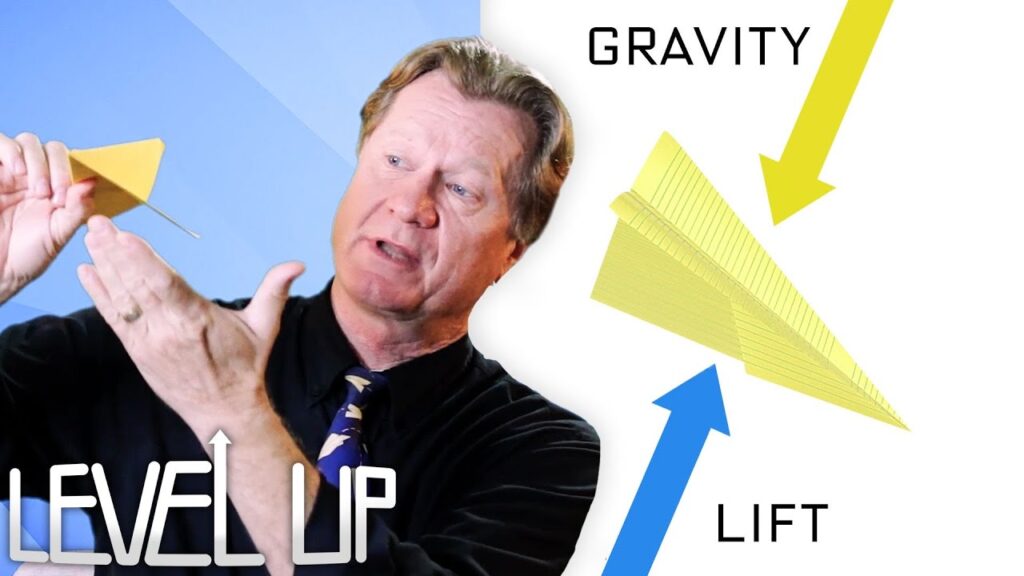The Ultimate Guide to Safely Viewing and Photographing the Total Solar Eclipse
Summary
In this article, we provide a comprehensive guide to safely view and photograph the upcoming total solar eclipse on August 21, 2017. We emphasize the importance of using certified solar glasses and specialized solar filters, and provide tips for capturing the eclipse through a camera lens.
Table of Contents
- The Importance of Using Certified Solar Glasses and Specialized Solar Filters
- The Path of Totality and Maximizing Viewing Time
- A DIY Solution for Capturing the Solar Eclipse Through a Camera Lens
- Tips for Taking Photos During the Eclipse
- Enjoying the Experience
The Importance of Using Certified Solar Glasses and Specialized Solar Filters
The upcoming total solar eclipse will be the first to stretch across the entire United States in 100 years. To safely view and photograph the eclipse, it is crucial to use certified solar glasses that meet safety standards. Looking at the sun through telescopes, binoculars, or cameras without specialized solar filters can cause permanent eye damage. Welder’s glass number 1 can be used as a solar filter, but most welder’s goggles use glass number four or five, which is not enough protection. NASA has advised that any solar glasses or filters should meet the ISO 12312-2 international safety standard.
The Path of Totality and Maximizing Viewing Time
The path of totality, where the sun will be completely blocked out, will cover a band approximately 70 miles wide from Oregon to South Carolina. To maximize viewing time, it is recommended to watch the moon slowly encroach on the sun and then leave it afterward, but only with certified solar glasses.
A DIY Solution for Capturing the Solar Eclipse Through a Camera Lens
For those who want to capture the solar eclipse through their camera lens, we provide a DIY solution. The solution involves using thick black construction paper to create a cylinder that fits over the lens and then attaching a solar filter to the cylinder. This will allow for safe and clear photographs of the eclipse.
Tips for Taking Photos During the Eclipse
We offer several tips for taking photos during the eclipse. We recommend using the live view mode on a DSLR camera and finding the sun’s position by looking at the shadow of the camera. We also suggest using a long lens to capture the eclipse, but also capturing the setting of the location in the foreground.
Enjoying the Experience
While it is important to capture the eclipse through photos, it is also important to enjoy the experience. The eclipse is a rare and awe-inspiring natural phenomenon that should be appreciated in the moment. We encourage everyone to take the time to witness this historic event.
In conclusion, the upcoming total solar eclipse is a once-in-a-lifetime opportunity to witness a rare and remarkable natural phenomenon. By following our guide to safely view and photograph the eclipse, you can make the most of this unforgettable experience. Don’t forget to subscribe to Wired and leave your comments below. And, if you can, be sure to go see the eclipse and purchase our debut solo album.






